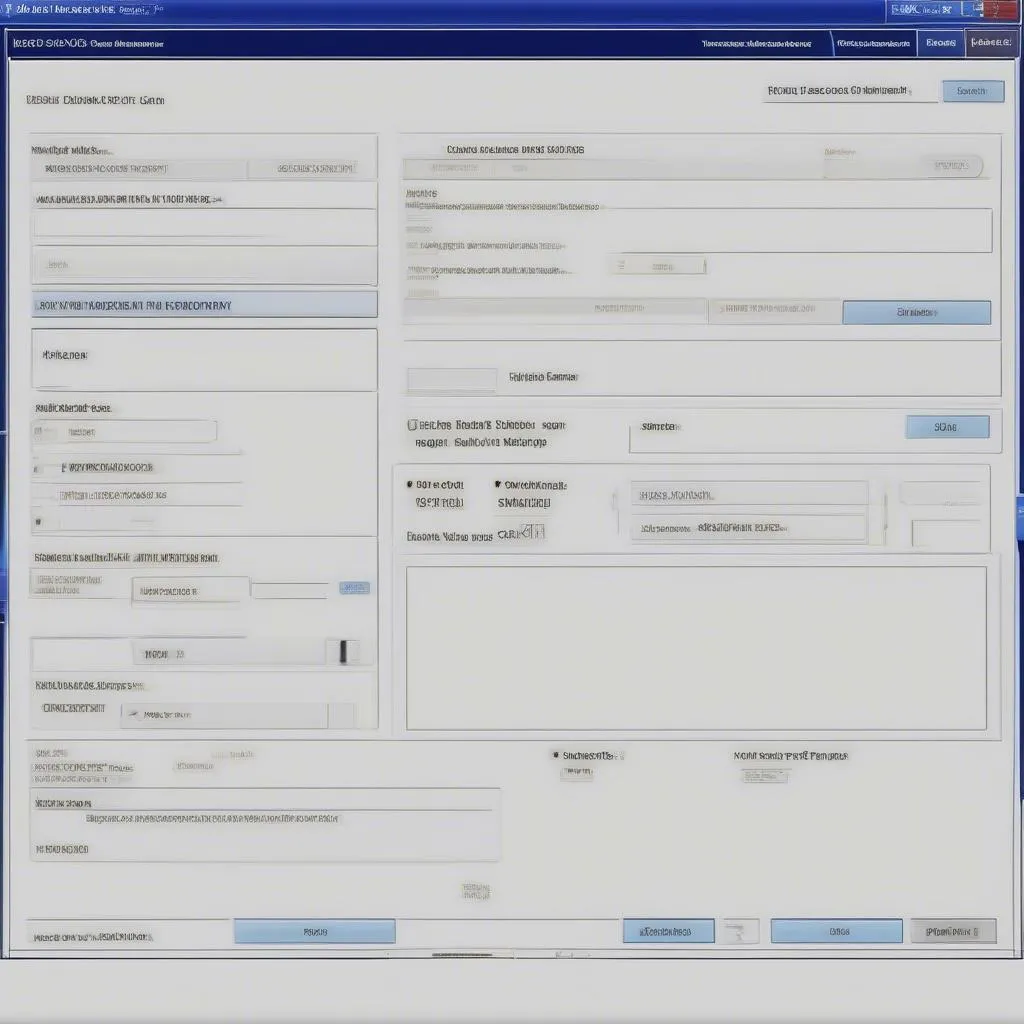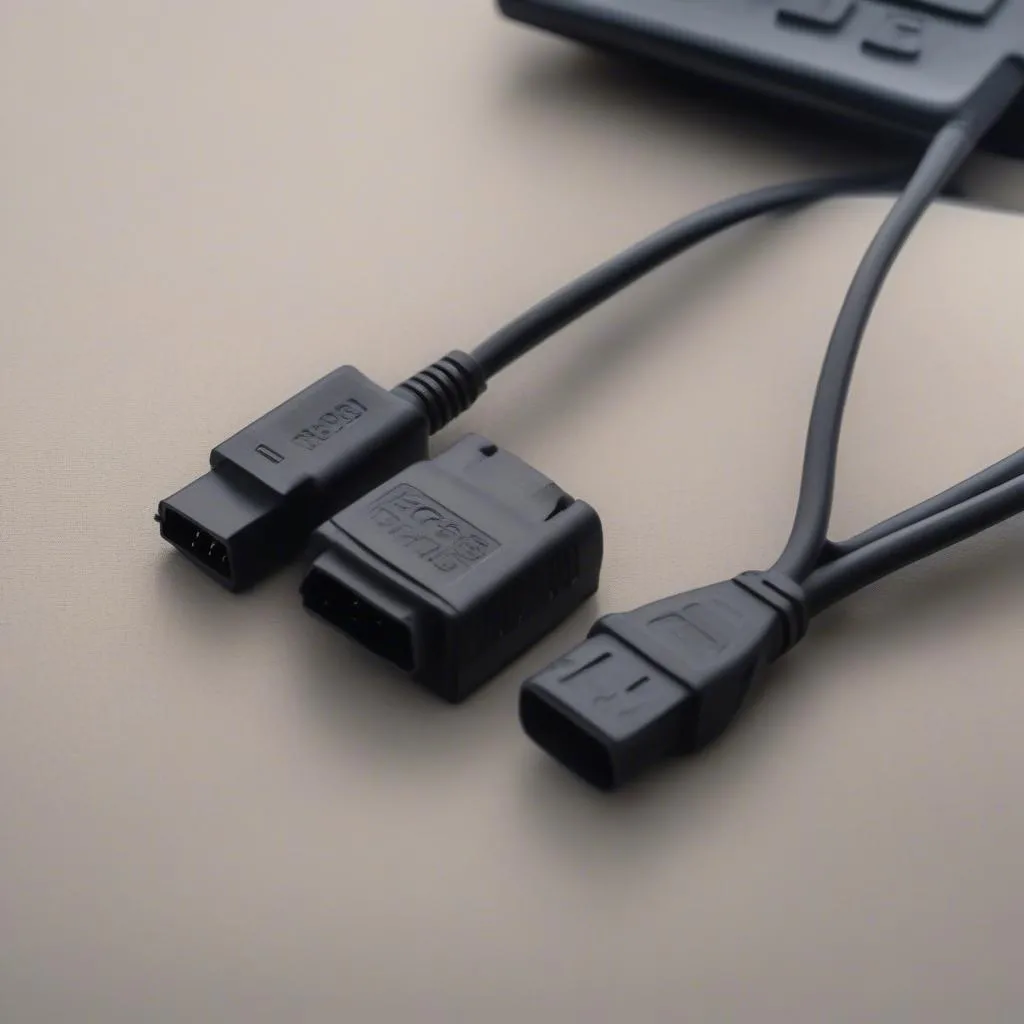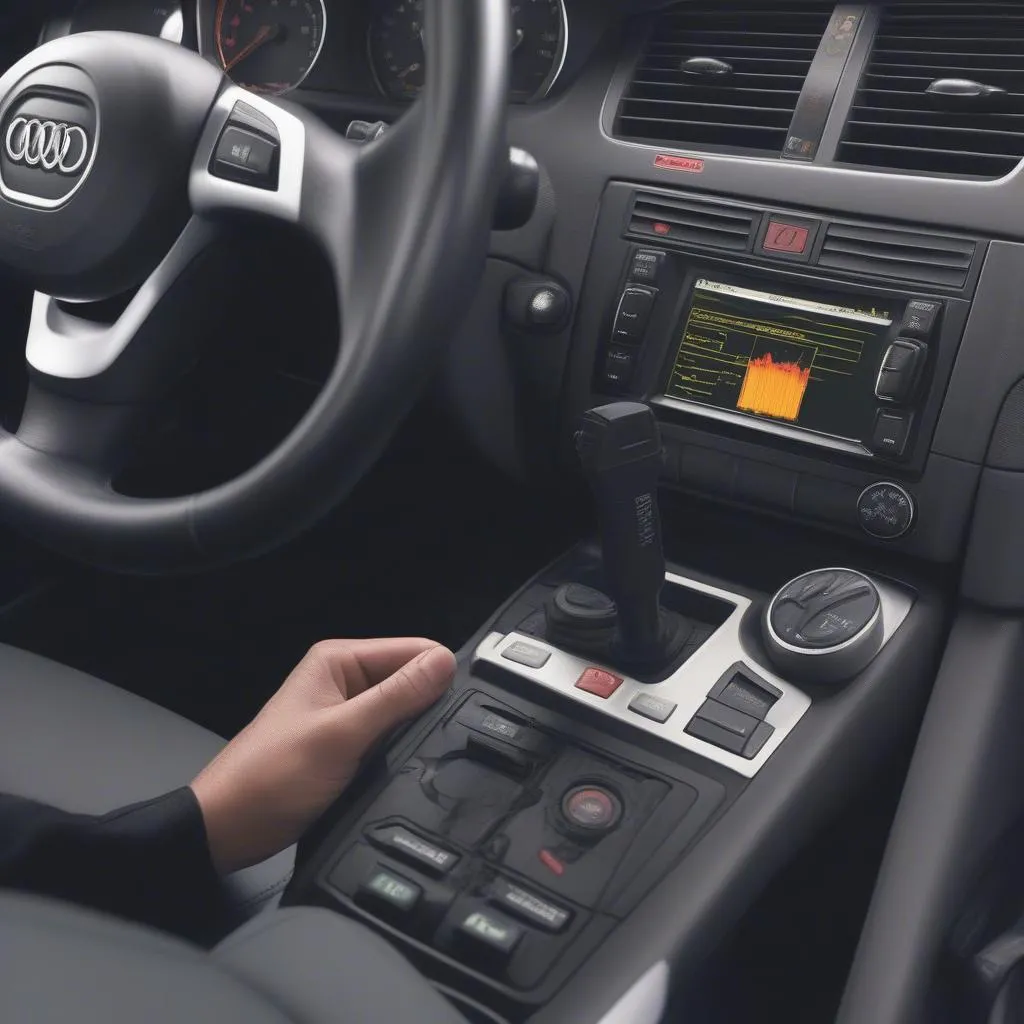VCDS, also known as VAG-COM, is a powerful diagnostic software that allows you to interact with your Volkswagen Audi Group (VAG) vehicle’s control modules. From reading and clearing fault codes to performing advanced functions like adaptations and coding, VCDS is an essential tool for any DIYer or professional mechanic. One of the many useful features offered by VCDS is the ability to perform resets. But what exactly does a VCDS reset entail?
Understanding VCDS Reset
In essence, a VCDS reset refers to the process of using the VCDS software to return certain vehicle settings to their original factory defaults. This can be incredibly useful for resolving issues stemming from faulty sensor readings, clearing service reminders, or resetting adaptations after making modifications to your vehicle.
Applications of VCDS Reset
The versatility of VCDS reset allows it to address a wide array of issues. Some of the most common applications include:
- Service Interval Reset: After performing routine maintenance like an oil change, you can use VCDS to reset the service reminder in your instrument cluster.
- Electronic Parking Brake (EPB) Reset: VCDS facilitates the retraction of the EPB for brake pad replacement and recalibrates the system afterward.
- Steering Angle Sensor (SAS) Reset: If your ESP light is illuminated due to a misaligned steering angle sensor, VCDS can be used to recalibrate the sensor and extinguish the warning light.
- Airbag System Reset: In the unfortunate event of an airbag deployment, VCDS can be employed to reset the airbag control module after the necessary repairs.
- Throttle Body Alignment: To ensure optimal performance, you can utilize VCDS to perform a throttle body alignment, particularly after cleaning or replacing the component.
 VCDS Software Interface
VCDS Software Interface
How to Perform a VCDS Reset
While the specific steps may vary depending on the module you’re working with, the general procedure for performing a VCDS reset typically involves the following:
- Connect your VCDS interface to your vehicle’s OBD-II port and your computer.
- Launch the VCDS software and establish communication with your vehicle.
- Select the appropriate control module for the reset you wish to perform.
- Navigate to the “Basic Settings” or “Adaptation” section of the module.
- Follow the on-screen prompts to execute the reset.
 Car OBD2 Port with Connector
Car OBD2 Port with Connector
Important Note: It’s crucial to exercise caution when working with VCDS. Making incorrect changes to your vehicle’s settings can potentially lead to malfunctions or damage. Always double-check the instructions and procedures outlined in your VCDS manual or seek guidance from a qualified professional if you’re unsure about any step.
Advantages of Using VCDS for Resets
Compared to alternative methods, opting for VCDS to perform resets presents several advantages:
- Cost-Effective: VCDS often proves to be more economical compared to visiting a dealership for basic resets.
- User-Friendly Interface: VCDS is designed with an intuitive interface, making it accessible even for those new to vehicle diagnostics.
- Detailed Logging: VCDS provides comprehensive logs of all actions performed, allowing for easier troubleshooting if any issues arise.
VCDS Reset FAQs
-
Can I use VCDS to reset the service light on any car?
- No, VCDS is specifically designed for vehicles within the Volkswagen Audi Group (VAG).
-
Is it safe to perform a VCDS reset myself?
- While generally safe, it’s crucial to follow instructions carefully. Incorrect settings can lead to vehicle malfunctions.
-
What should I do if a VCDS reset doesn’t solve the issue?
- If a reset doesn’t resolve your problem, it might indicate a more complex underlying issue that requires further diagnosis.

